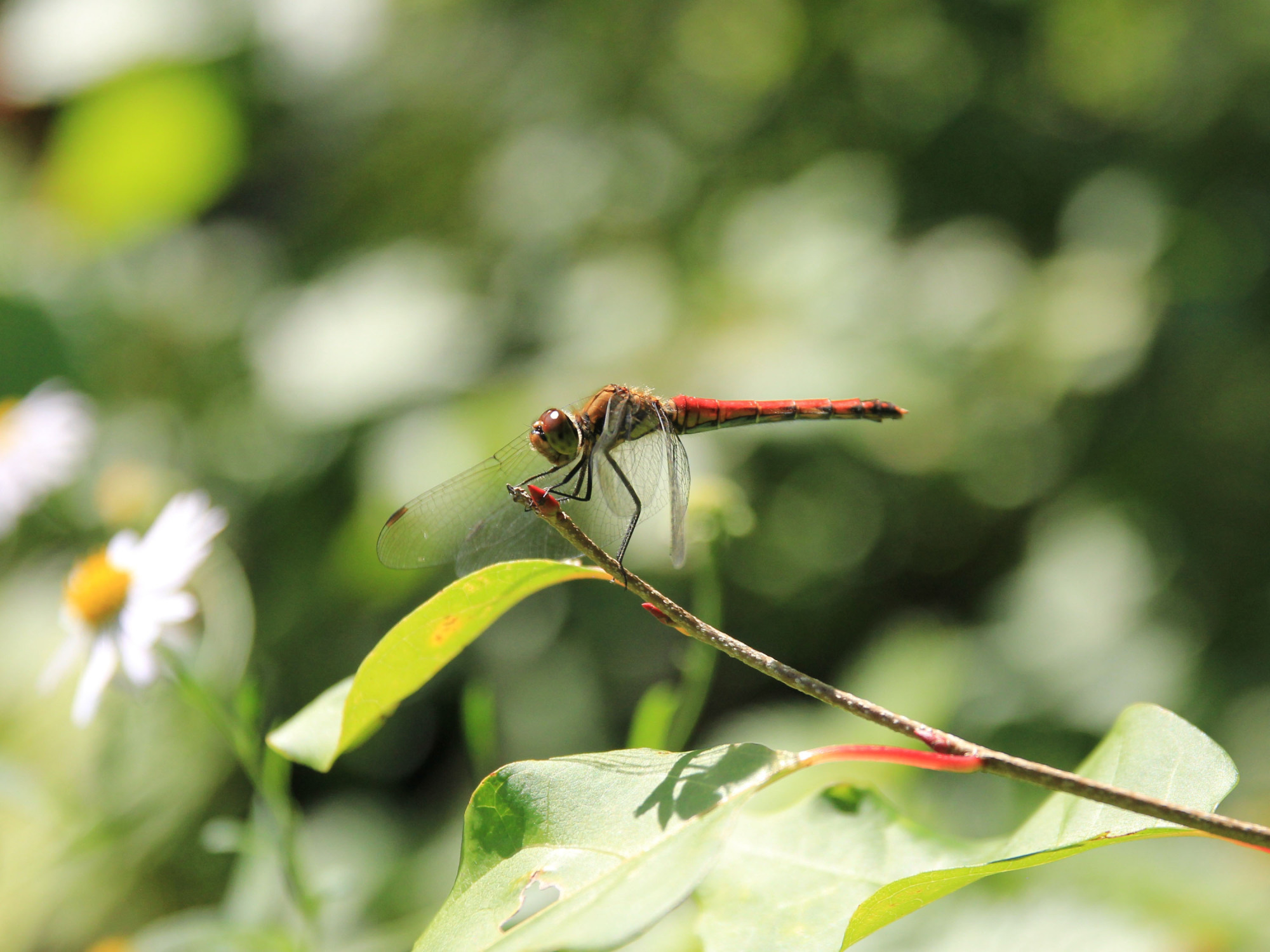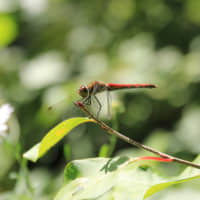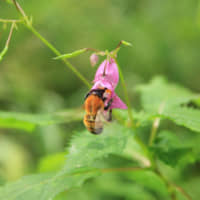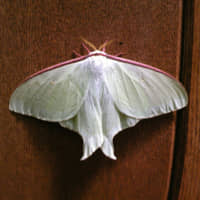With concern, but little surprise, I read an article by Daphne Rousseau in The Japan Times on July 2 about a mass extinction of insects in Krefeld, Germany, near the Dutch border.
There, based on a study going back almost 30 years, entomologist Martin Sorg estimates the biomass of flying insects has plummeted by 76 percent over that period.
Up here where I live in the Nagano Prefecture hills outside Kurohime, I began buying neglected woodland in 1985. Since then we have been nurturing and studying that area, and other parcels of land added to it over the years, with the objective of restoring it all to a healthy biodiversity.
In 2002 we created The C.W. Nicol Afan Woodland Trust, which now spans more than 30 hectares, while we also manage almost as much adjoining national forest.
Our broad range of research has been supported by several universities, and every year we produce detailed reports. In these, among a mass of other data, we have recorded a clear decline in insects — as well as small birds — especially over the last 12 years.
Of course we can come up with many theories to account for this, but honestly we can't just grab an answer by the tail, shake it, and say, "Look!"
On one hand we seem to be doing all the right things for the environment and, for example, we have recorded 59 endangered plant and animal species in our woods; yet still there has been that marked decline in insects, especially in the numbers of bees and butterflies.
There is a big old chestnut tree outside our Afan Trust Centre and when it was in full bloom, with its distinctively sweet, funky scent, visitors would stop and ask, "What's that buzzing noise?" Although it sounded like a dozen motorized weed bashers at full throttle a couple of fields over, it was actually bees, hundreds of them, gathering the tree's nectar and spreading pollen. That's no longer so; there are bees, but only a few.
I've lived here since 1980, and from early summer to early autumn I've often sat at our dining table as the evening darkened, sipping wine or beer and enjoying the multipatterned mosaic of hundreds of moths sticking to the big window that faces trees and fields beyond.
There were so many species, from tiny little white and gray ones to big reddish-brown Japanese giant silkworm females (Caligula japonica) with black eyespots on the wings. However, my favorite was one I dubbed "Judy Ongg" after the Taiwan-born Japanese singer famous for performing her hit "Wind is Blowing From the Aegean" in a billowing dress. Actually known as the ōmizuao (Japanese luna moth; Actias artemis), this is as big as the palm of my hand and a delicate pale-green color with long "tails" to its wings that also have dark pinkish to chestnut-colored leading edges.
My fascination with moths always horrified my city-girl wife, but it doesn't so much now because we only get a few and they're hardly worthy of a shriek.
Besides that, around 10 years or so ago thousands of small white moths that I first thought were butterflies would appear for a few sunny days in July, performing intricate aerial dances high in the canopy of young oak trees. Now they, too, seem to have vanished — leaving me regretting I never collected a specimen and didn't get round to identifying them because at the time they seemed so common.
Meanwhile, a striking thing about early autumn here was always the sight of squadrons of red dragonflies above the rice paddies. When they came down they were so trusting they would land on your finger and, being Welsh, whose national flag features a big, bright-red dragon, I'd hail them as aerial armies of the legendary beasts come to wreak vengeance on Saint George (the patron saint of England who is said to have slain a dragon).
In Japan, though, the several species of akatonbo red dragonflies are iconic creatures of nostalgia and song, but even out here their numbers are obviously dwindling, too.
I could go on for ages, but we don't have the space, so I'll end with what used to be a favorite local tidbit.
When the rice was ready for harvesting, people would go out and gather inago (grasshoppers) in the paddy fields, keep them overnight so they would void their gut contents, then plunge them into boiling water before draining and cooking them in a pan with soy sauce and sugar.
Every year, neighbors would bring us some of those tasty, crunchy treats, but nowadays they are so much rarer that I've actually started to miss getting little grasshopper legs stuck between my teeth.
Certainly, the countryside without insects is a sad place indeed — except if you're one of our horses still afflicted by too many nasty, bloodsucking horseflies!





















With your current subscription plan you can comment on stories. However, before writing your first comment, please create a display name in the Profile section of your subscriber account page.